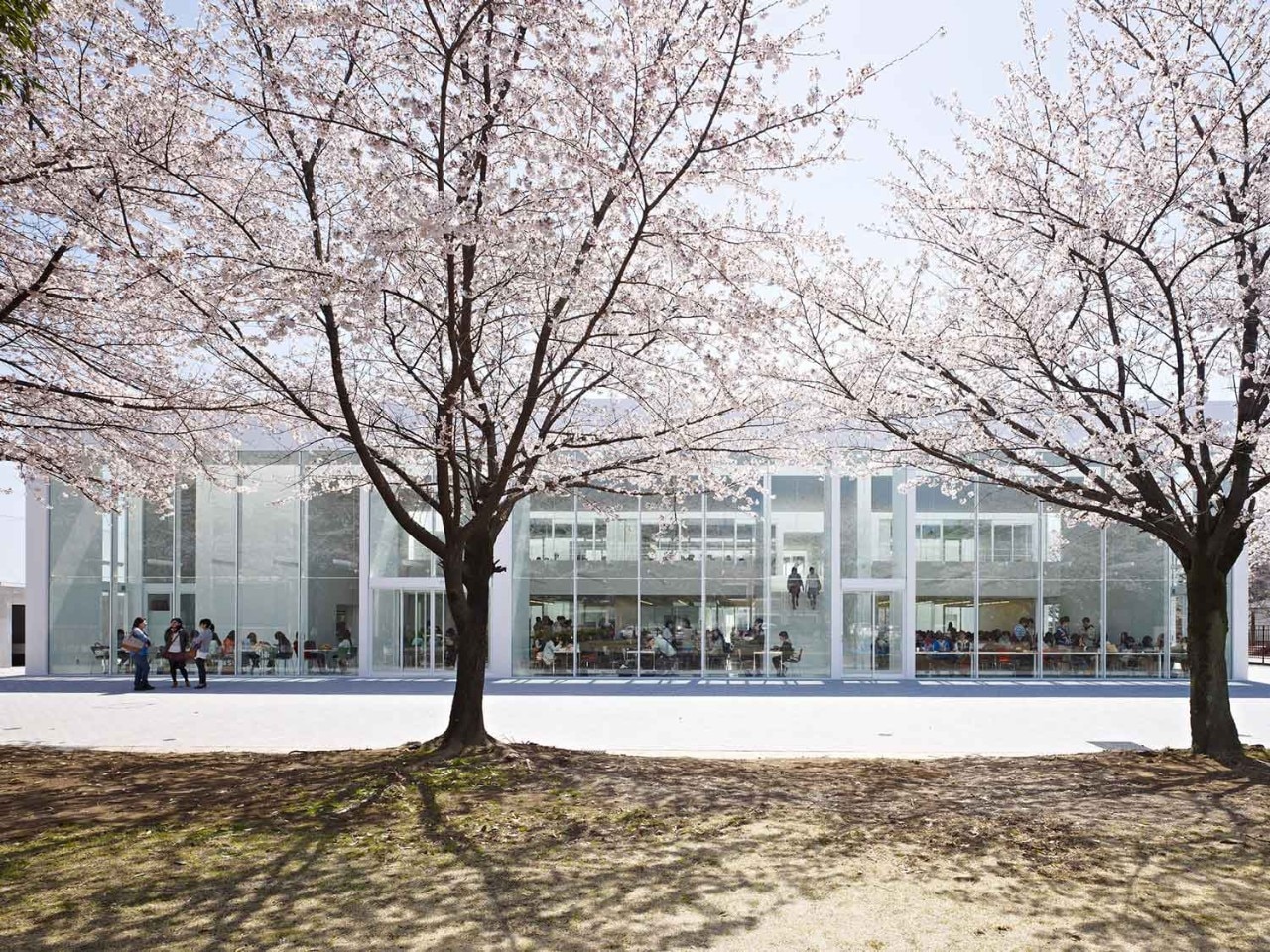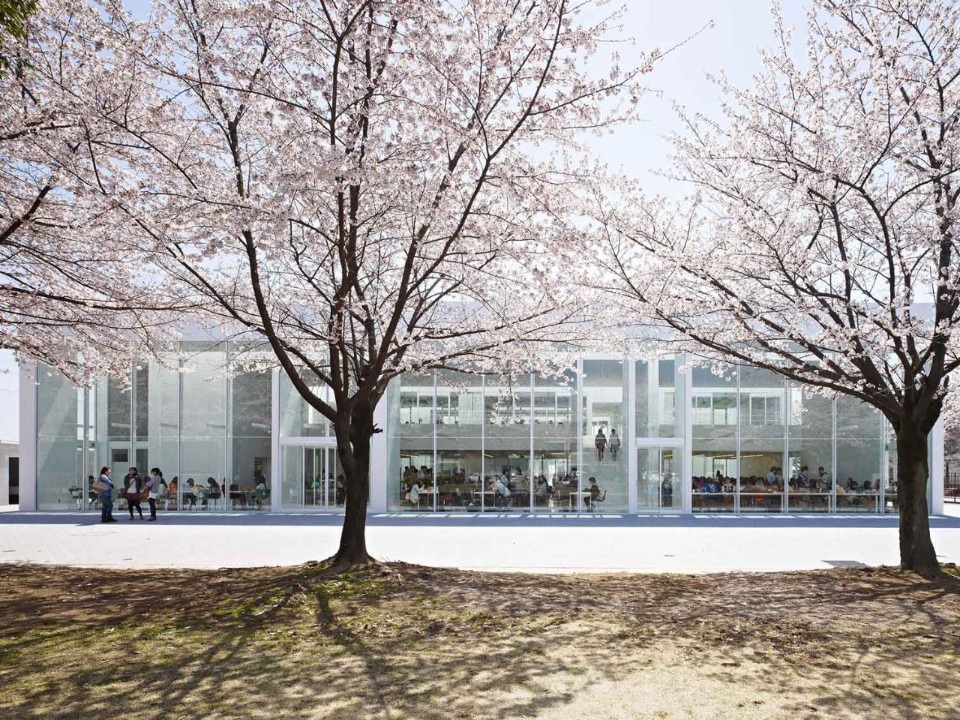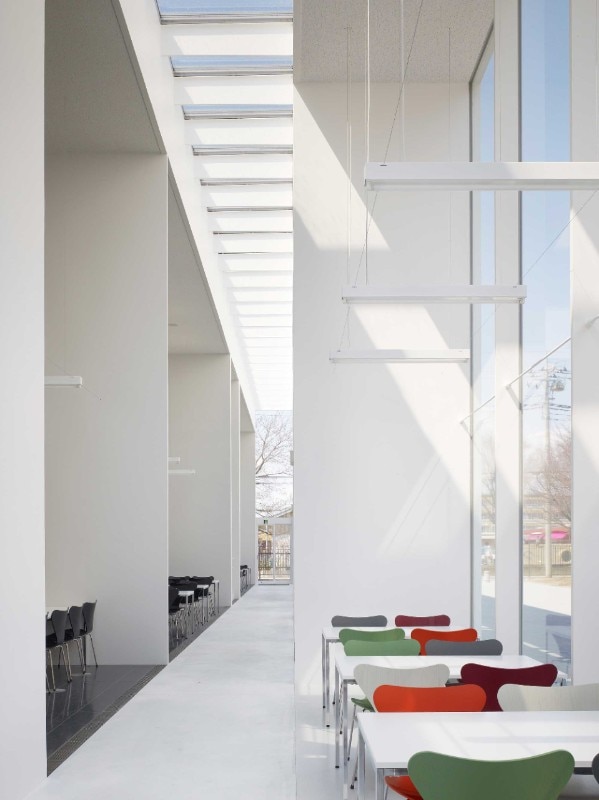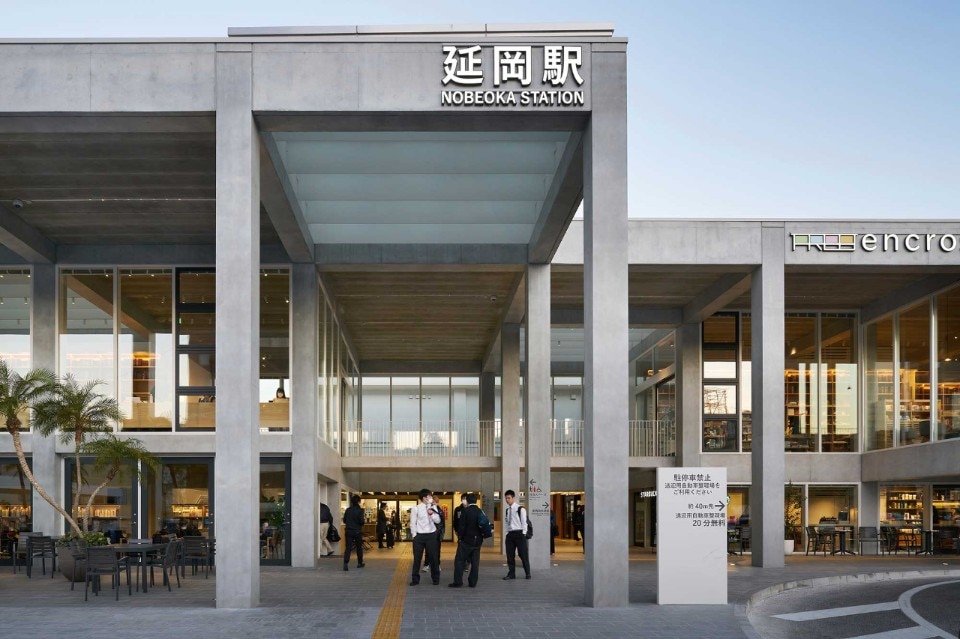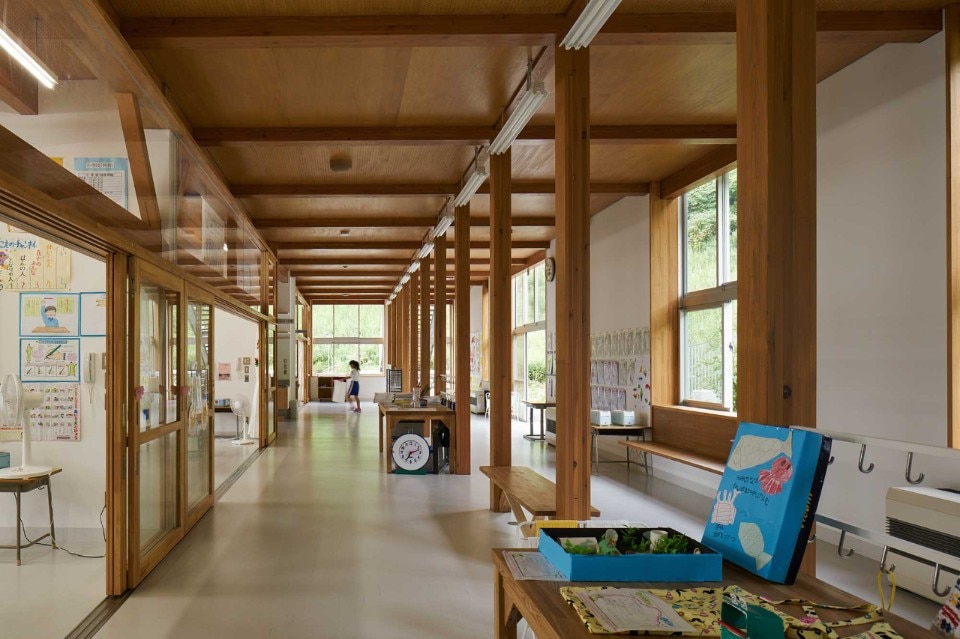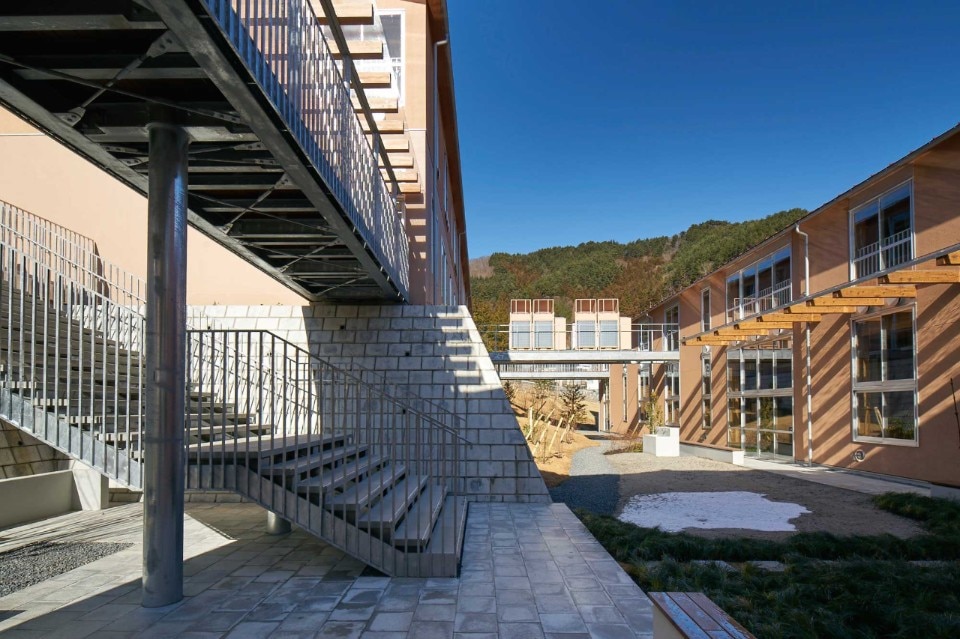Kumiko Inui (Osaka, 1969) founded Inui Architects in Tokyo in 2000, after training at the Tokyo University of Arts and Yale School of Architecture. The relatively scant media attention for her work is perhaps a consequence of her self-proclaimed disinterest in developing a strong, original formal language that is recognisable. She says her buildings aspire to propose substantial – not stylistic – innovation. Inui Architects’ production comprises a range of scales and building types, often involving typically Japanese design conditions.
Tasaki Ginza (2010) is a reinterpretation for a jewellery company of the typical Tokyo flagship building that shows how Inui understands the urban role of the architectural facade. House O (2018), a sloped box hollowed by a patio and tightly wrapped in vertical siding, and House M (2018) – both located in the Japanese capital – are single-family homes that seek domestic privacy in the high-density metropolis. The Nobeoka Station Area Project in Miyazaki (2018) blurs the boundaries between the flows and other functions such as a public library, in order to anchor the station to the neighbourhood.
The best projects by Inui Architects, for instance the Kyoai Commons in Gunma (2012), a twostorey college building, show a structural grid and internal partitions limited to suggesting the outline of the functional areas without imposing them. As the inhabitants go about their activities, they clarify the functions’ extension in space, while the frequent use of transparent layers of rooms offers sight-lines of great permeability.
In 2012, the firm was one of the four participants of the Japanese pavilion at the Venice Architecture Biennale, with an exhibit titled “Architecture in the Wake of Disaster” directed by Toyo Ito and the winner of a Golden Lion. It was the first chapter in a ten-year exploration of post-tsunami reconstruction, concretised in the ossuary for victims of the Great East Earthquake of Otuchi (2017) and the school complex for Iwate (2018).


